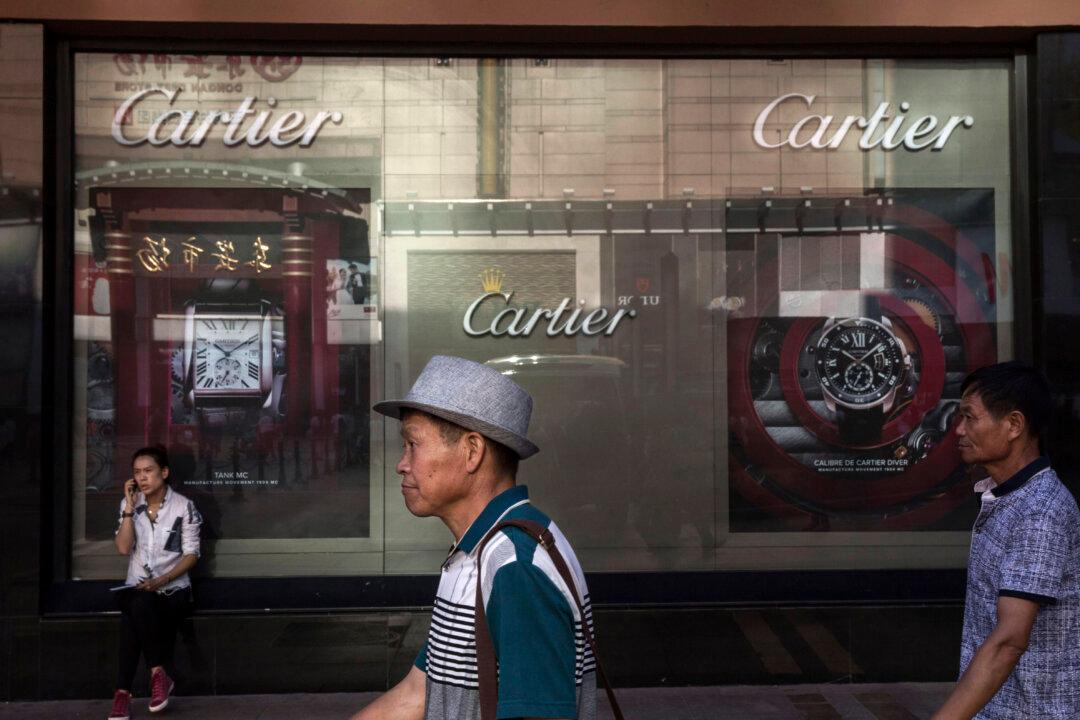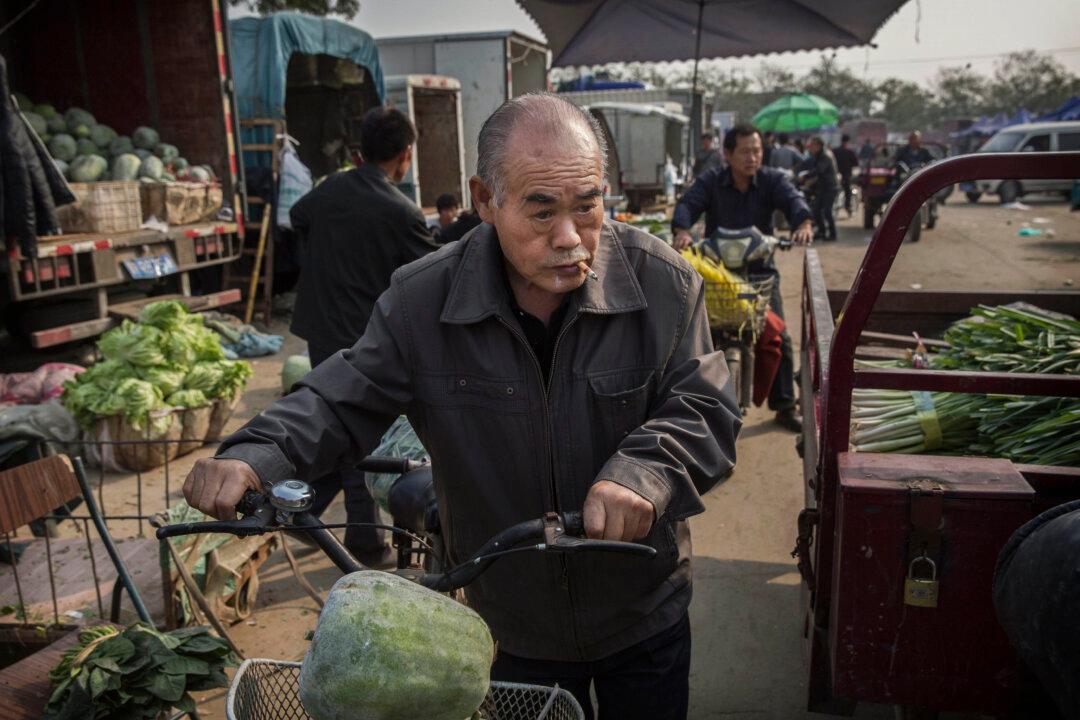Luxury shopping is back in vogue in China. Sales growth increased year-over-year for the first time since growth stalled after Chinese communist leader Xi Jinping began its anti-corruption campaign in 2013.
Today, much of the sales growth is coming from within China, with consumers eschewing overseas shopping trips to make their purchases domestically and online.
Luxury goods sales growth had historically been strong in China. The market expanded 19 percent annually from 2007 through 2014, according to consultancy Bain & Co. “But since 2014, China has seen a more modest performance,” Bain said in its 2016 Luxury Goods Market Study.
During 2013 and 2014, luxury sales were hampered by Xi’s anti-corruption campaigns. That was followed by 2015’s stock market crash which further sapped consumer spending power. “However, in 2016, at constant exchange rates, the market grew 4%, the first sign of a revitalization in three years.”






